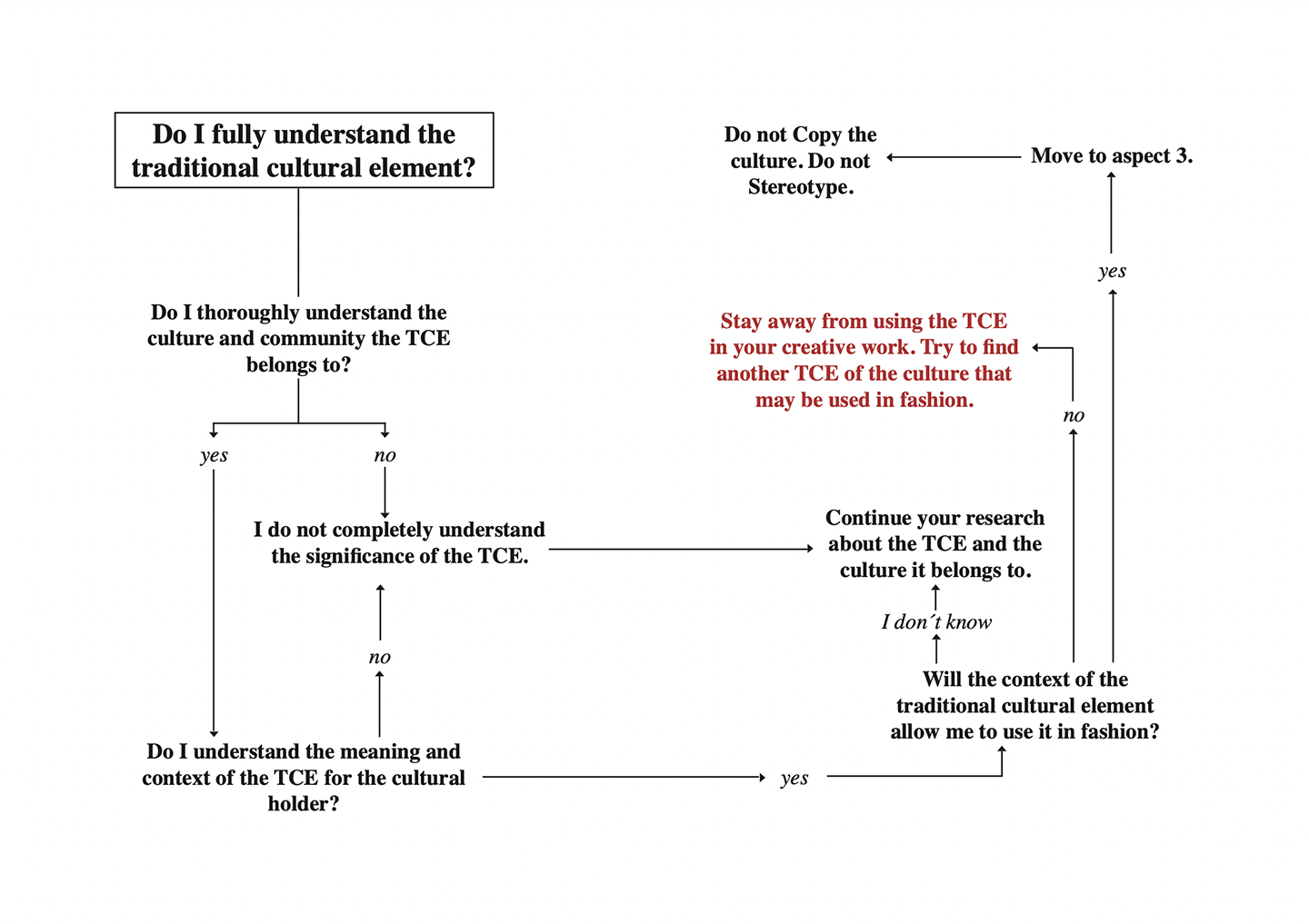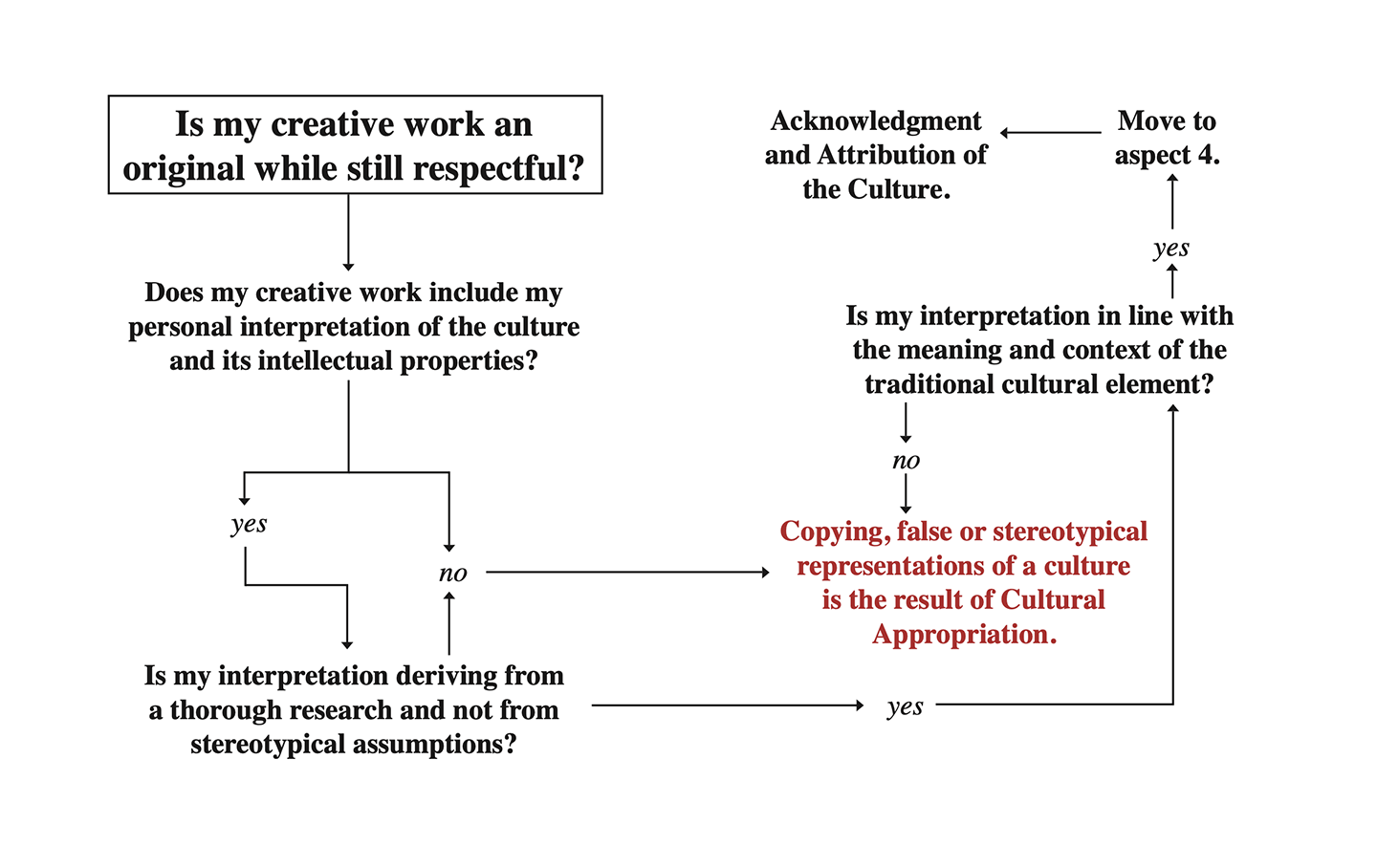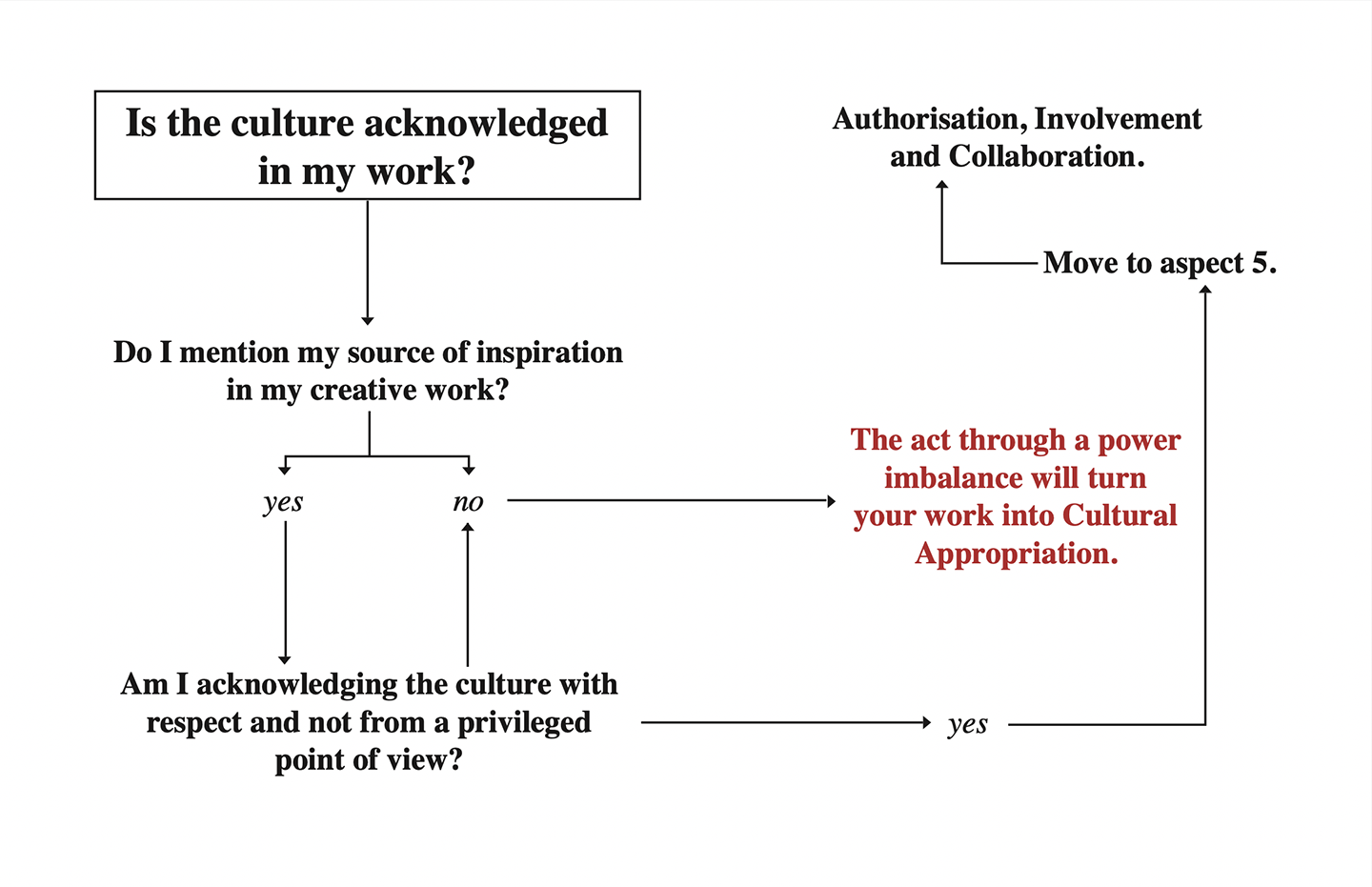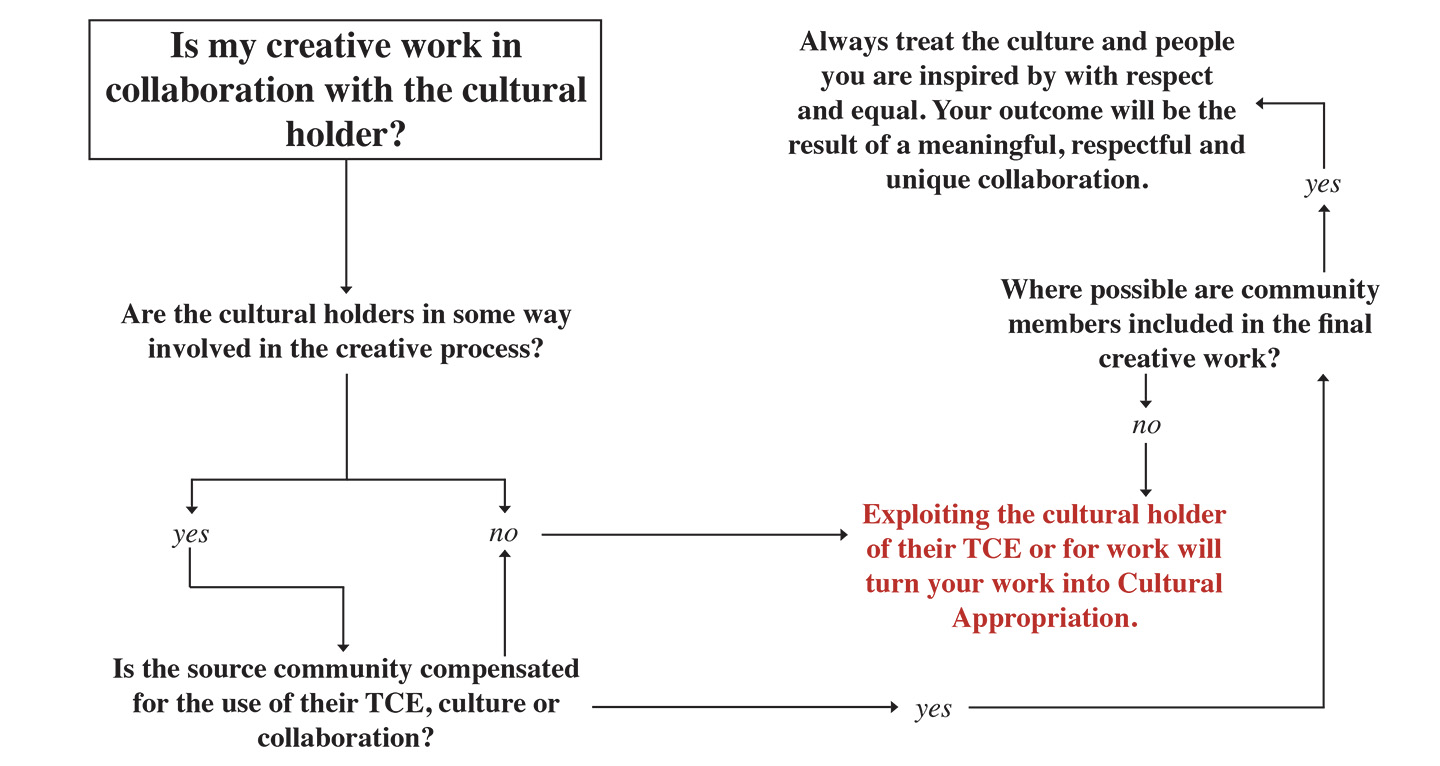


Cultural appropriation is “the intimate act of taking, and in the taking making this operation less about the takee but about the taker” (Weinberg, 2019).
Taking from another culture becomes most problematic when “there are power differences between the cultures, and when a more powerful 'taking' culture has the motivation to dominate a less powerful culture” (Kaiser, 2012 p. 48).
Hence, cultural appropriation does not apply if a minority culture adopts Western elements, dress, or practices.
If, however, the Western world adopts minority cultural elements, dress or practices, we must consider the cultural meaning, context, and history of used traditional cultural expressions.

In episode 1 of this article, we have analysed the cultural appropriation problem in fashion by looking at the root of the issue and understanding the different definitions of culture and fashion.
Although we have already covered the bases of where the problem stems from, in this episode, I want to dive deeper into the cultural appropriation problem, helping you understand what defines this issue and how you can touch on the topic most ethically.
What are the effects of a dominant culture, and how do you know if something is cultural appropriation?
Vézina (2019, p.6) defines Cultural appropriation as “the act by a member of a dominant culture of taking traditional cultural expressions (TCEs) whose holders belong to a minority culture and repurposing it in a different context, without the authorisation, acknowledgement and/or compensation of the TCE holder(s).”
This definition puts three crucial characteristics in the context of the term:
- A change of cultural context;
- A power imbalance between the appropriator and the appropriated;
- A lack of involvement of the cultural holder.
(Vézina, 2019, p. 6)
Imitation turns into appropriation when a power imbalance exists
Appropriation starts with imitation, as the imitation of a people, time, place or subject position. However, as Tim Blanks stated, imitation turns into appropriation when “there is a power relationship [...] The powerful appropriate the powerless” (Fernandez, 2017).

This power imbalance does not mean that cultural exchange is impossible, though it underlines the importance of respect, research and understanding of the borrowed culture’s history, tradition and place.
Western entitlement makes people believe that everything visible is available; however, not every cultural element can be a public domain and should be accessible to the popular culture.
Cultural appropriation is a disrespectful, stereotypical, or degrading attempt at cultural borrowing.
The coming section will guide you step-by-step through the process of how to follow a respectful and educated manner of involving culture in your creative work.
How to make a fair exchange possible. Aspect 1: Research into the culture
Know where your inspiration is coming from.
As with every creative process, start your work with in-depth research. A narrow theme of interest will manifest by collecting inspiring images and stories about garments, prints, accessories or people.
Depending on the extent of your research, one or multiple cultures might initially spark your interest.
However, to place the TCEs in their correct cultural context, you should define the community of interest for your creative work.

How to make a fair exchange possible. Aspect 2: Understand and respect the culture
Show respect for the culture and its traditional cultural elements.
Cultural holders seek a respectful and informed use of their traditional cultural expressions, especially if they have a religious, sacred or spiritual significance (Vézina, 2019).
To work with a cultural element, you first must analyse the importance of the TCEs and their intellectual properties.
Step 1: Where does the traditional cultural expression come from?
Some cultural elements might appear in different communities as their intellectual properties have a long history of being passed down through generations.
Deep research will give a clear understanding of the TCE and its roots in the culture and identities of its holders (Vézina, 2019).
Step 2: What is the context of the traditional cultural expression?
The next step is a thorough understanding of the meaning of the intellectual property and its significance for the cultural holder.
In this step, turn away from intellectual property that carries a spiritual, sacred, or religious meaning.
Furthermore, make sure that the TCE is not restricted to a selected group of people or is a symbol of honour, bravery, or extraordinary achievements (Vézina, 2019).
Step 3: Will its use in fashion dislocate it from its cultural context?
If the TCE is a subject of fashion, is its use restricted?
The distortion or misrepresentation of a TCE might harm the community and lead to the TCE becoming fluid or losing its cultural meaning.

How to make a fair exchange possible. Aspect 3: No stereotypes. No copying
Give your creative interpretation to the TCE.
Another aspect fuelling cultural appropriation is bluntly copying TCEs or recycling stereotypical elements.
Step 4: Is the creative work original?
Depending on the TCEs personal adaptation, a certain degree of self-interpretation may occur by changing colours, shapes, fabrics, accessories, or arrangements.
Make sure that the changes are still in line with the cultural context and meaning of the TCE and that the culture is still recognisable as the source of inspiration (Vézina, 2019).
Step 5: Is the creative work offensive?
Understanding the culture first is the most crucial step to making educated and accurate decisions about your inspiration.
A stereotypical interpretation of a culture and its TCEs might result in a disrespectful, oppressive, or false representation of the culture and the community.
Ignorance is one of the main reasons for cultural appropriation.

How to make a fair exchange possible. Aspect 4: Acknowledgment and attribution of the culture
'Appreciating' a culture means cherishing its community, beliefs, and identities.
Hence, when referring to a culture and its TCEs make sure to acknowledge, mention and recognise the community as the source of inspiration in your creative work.
A missed attribution is just another example of cultural appropriation (Vézina, 2019).
Step 6: Is the cultural holder acknowledged?
By acknowledging the TCE holder, the cultural exchange might support the communities in spreading their values, clothing, arts, artefacts, or ideas to a broader audience and might bring economic growth to the community (Vézina, 2019).

How to make a fair exchange possible. Aspect 5: Authorisation, involvement and collaboration
Collaborate with the cultural holder in developing your creative work.
A fair and equal exchange involves the cultural holders in the whole creative process, from the authorisation to the collaboration and consultation.
Promoting diversity, supporting minorities, and respecting cultures is probably the central concept of cultural 'appreciation'.
Step 7: Does the TCE holder authorise the use of their culture?
One of your first responsibilities is to ask the cultural holder for authorisation and consent, where possible.
This aspect depends on if there is a relevant interlocutor of the source community or communities.
The cultural holder should have the possibility to decide if and how they want that element of their culture to be shared (Vézina, 2019).
Step 8: Is the culture involved in the creative process?
Asking for permission is the first step, followed by building a deeper relationship with the cultural holder.
Try to involve the culture further in your creative process.
Discuss with the relevant interlocutor how the community wants to be involved. Collaborations may occur by involving the communities in the consultation, creation, or production process (Vézina, 2019).
Step 9: How can the cultural holder be compensated?
Because you are using their intellectual property, cultural holders should be compensated.
This compensation depends on the extent of the creative work and your agreement with the relevant interlocutor.
Compensation might happen through a lump sum, an act of respect and appreciation, deserved acknowledgement or community support.
Step 10: Are members of that culture included in the final result?
Involving the community in the creative work makes the final piece even more extraordinary.

Fashion lives on cultural influences and inspiration
In this article, I have given you a brief overview of the cultural appropriation problem in fashion, offering you a Handbook on how to avoid it.
Nonetheless, the result is still cultural appropriation, embellished through the words of inspiration, appreciation, or exchange, to justify fashions appropriation of minority cultures.
However, there is a difference between appropriation and “mis-appropriation: when the act becomes superficial or exploitative” (Ahmed, 2017).
This handbook strives to offer a “fairer”, collaborative and, most importantly, more respectful way for both the appropriator and the appropriated.
Fashion lives on cultural influences and inspiration, as culture lives on their cultures being supported and accepted.
As Ahmed (2017) puts it “Well-intentioned appropriation can be a force for good, creating a cultural exchange and enriching the available vocabulary for designers, artists and image-makers [...] It can be an engine that drives culture forward and breaks down borders and divisions, rather than dividing them.”
Vanessa S. Wolff
Alumna in the Fashion styling & Creative Direction program and in the Master’s program in Promotion, Communication and New Media, Milan



